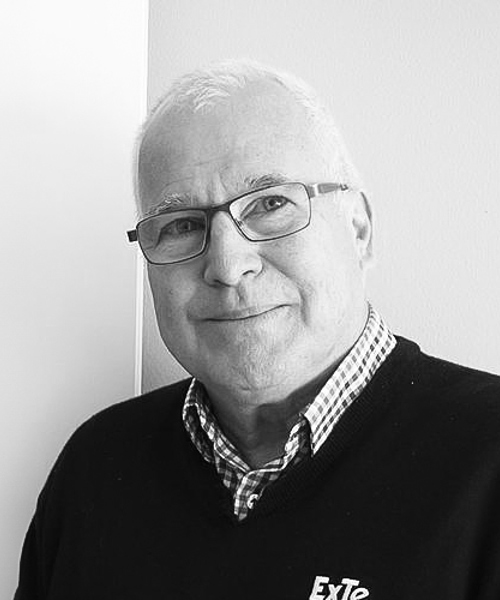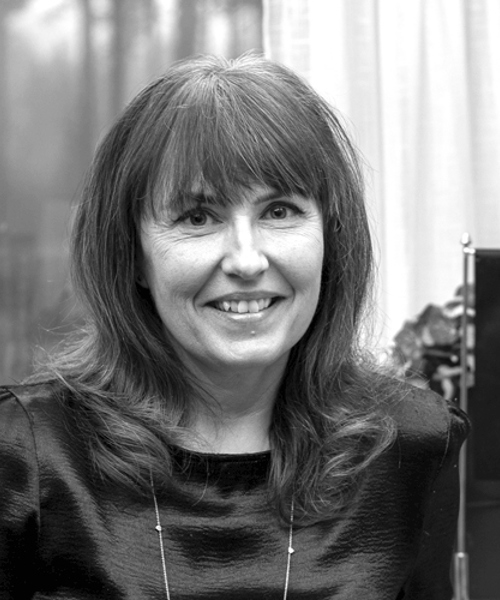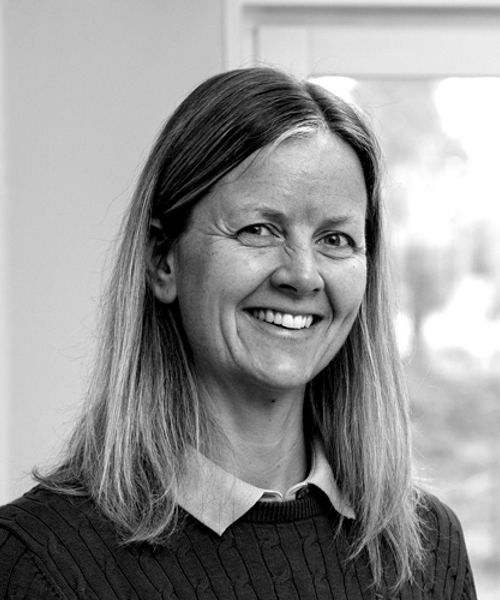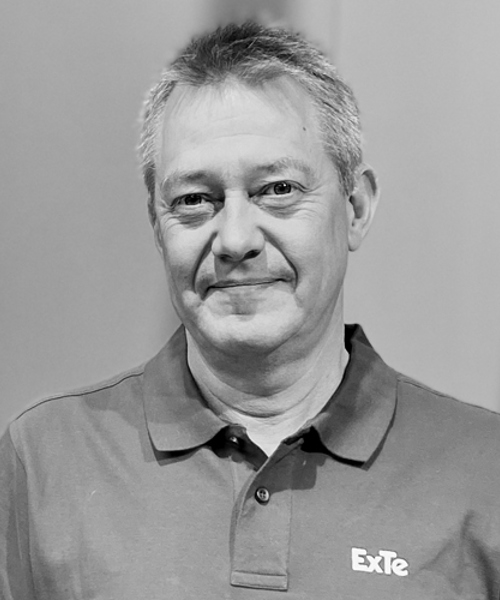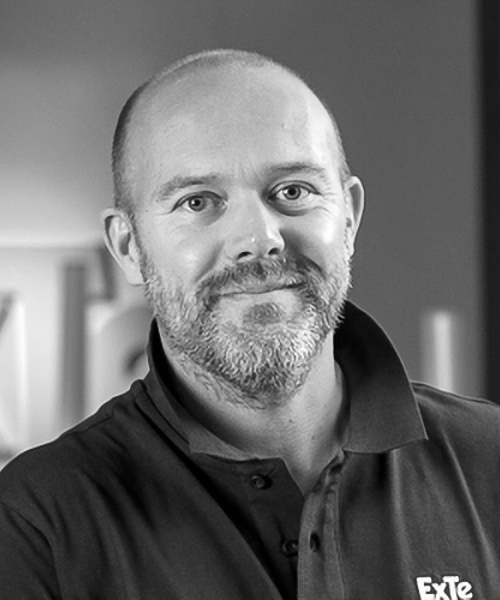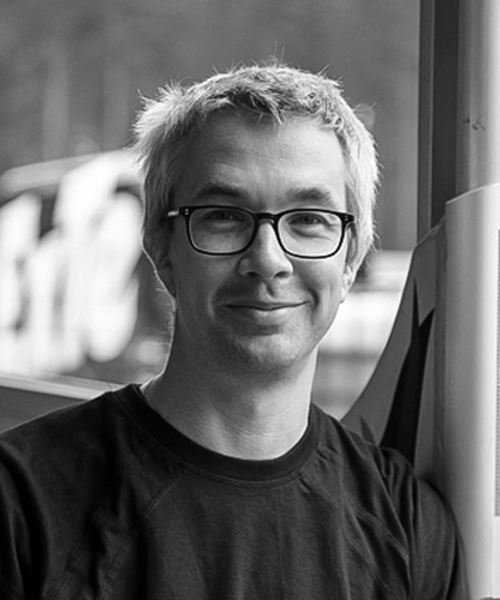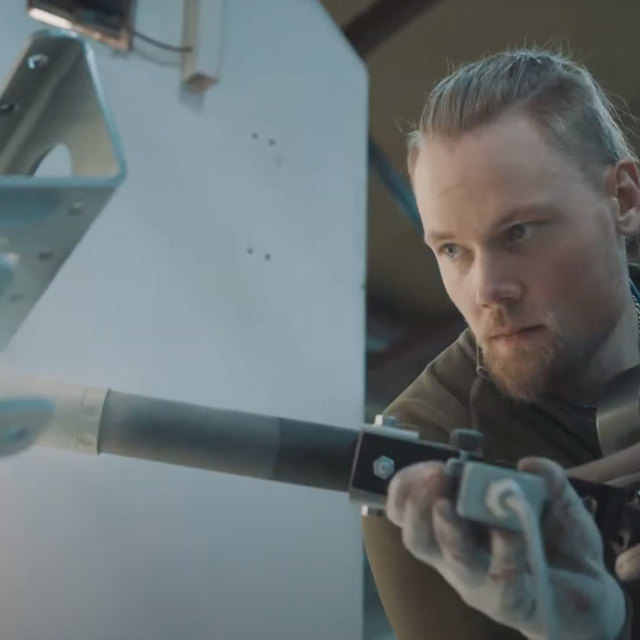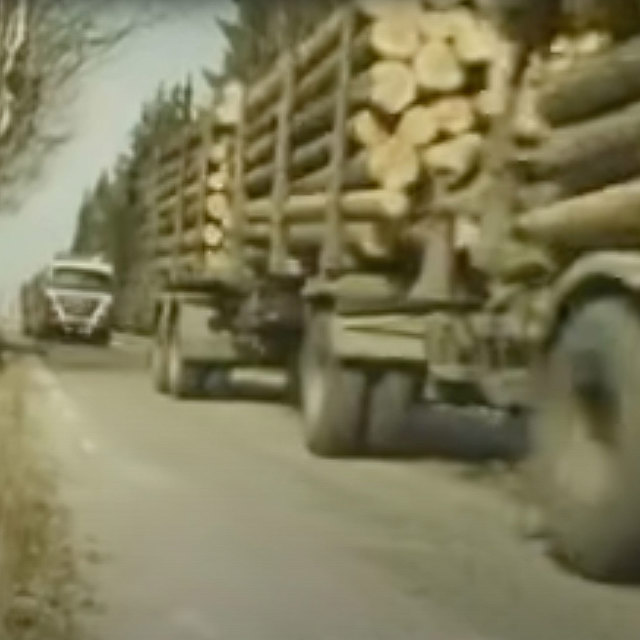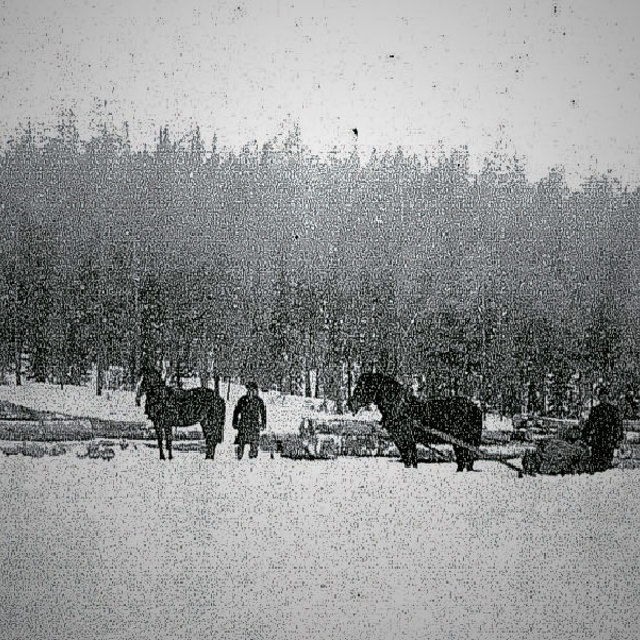A history of safety since 1898
We share the everyday working lives of our customers, which is a significant explanation for our success. Hauliers and drivers know what’s best when it comes to keeping timber transport moving along. By listening to them, we have created a unique working relationship with our customers. In addition, our own practical experience tells us what to ask them and, above all, means that we know what they’re talking about.
Putting new opportunities to good use and identifying new solutions for customers is in ExTe’s DNA. Our ability to change and innovate gives us that extra edge in product development – and a competitive advantage.
Our business concept
We supply products to timber hauliers all over the world who stipulate demands for road safety, a good working environment and rational transport. Our product development has created standards in many countries regarding the design of timber bunks that are safe in traffic. We select systematic design and production solutions that deliver maximum safety in operation.
ExTe has by far the widest range on the market to meet every need. Development that never compromises on safety is your best guarantee.
We develop, manufacture and market world-leading load securing equipment for efficient and safe timber transport by road and rail. We contribute to better profitability, safety and working environment for hauliers and operators all over the world.
Constant development
Daring to think along new lines and finding new solutions for our customers is part of ExTe’s soul. Successful product development depends greatly on our ability to listen and respond to the ideas and views of hauliers and drivers.
We maintain a constant focus on improving and developing our products to guarantee the highest possible safety standards for drivers, hauliers and other road users when loading, unloading and transporting timber. Today’s solutions are based on a long tradition of creativity and innovation.
Our products must offer a high level of operational and technical safety to cope with the extremely tough conditions that the transportation of timber involves.
All our new products undergo rigorous testing on test benches, in which we simulate mechanical loading, transportation and unloading, as well as vibrations in no-load conditions. After passing the tests on test benches, a zero series is subjected to practical tests before launching the product on the market.
A key strategy in our development work is to create solutions that improve the profit margins of the hauliers.
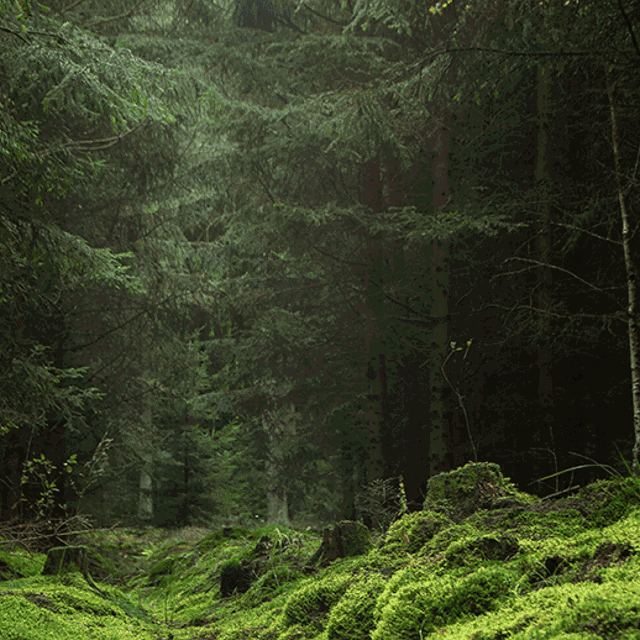
Our sales organization

